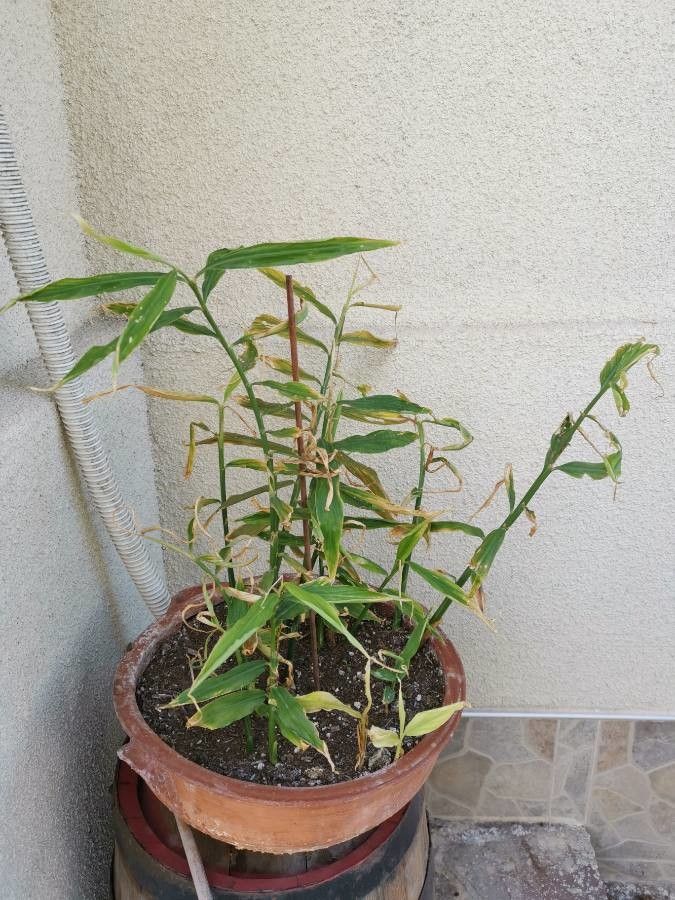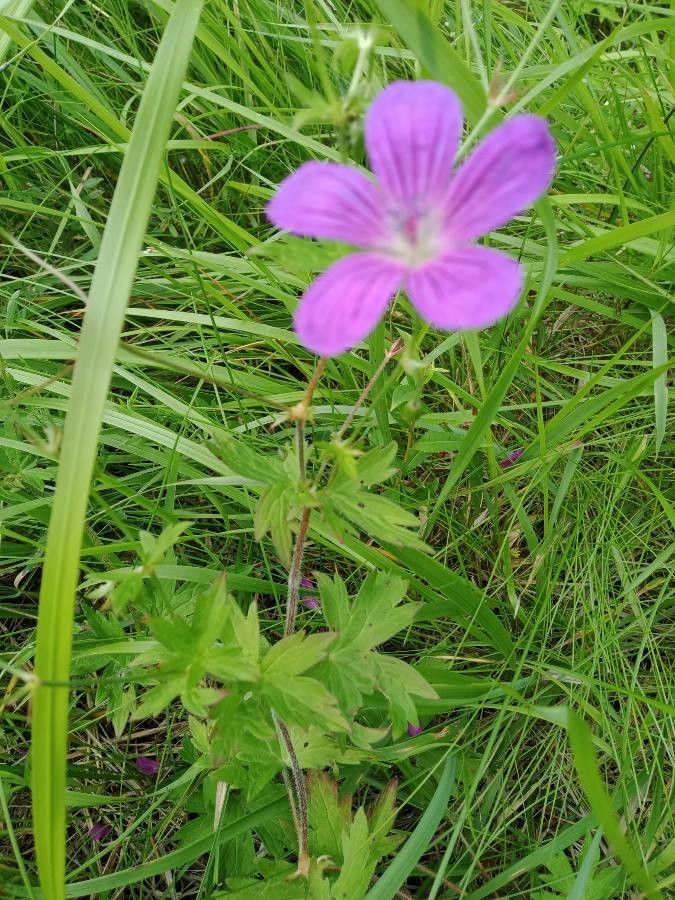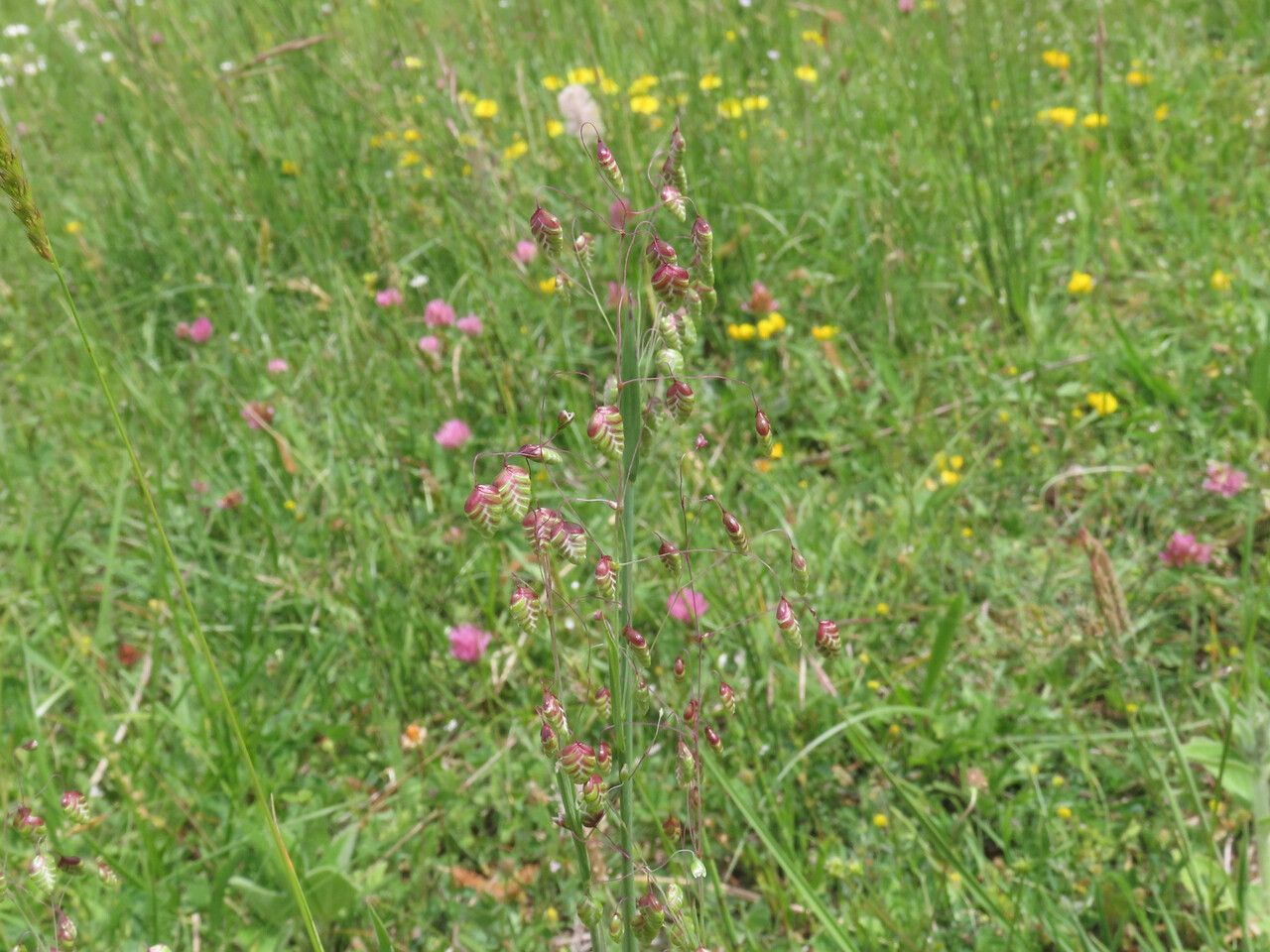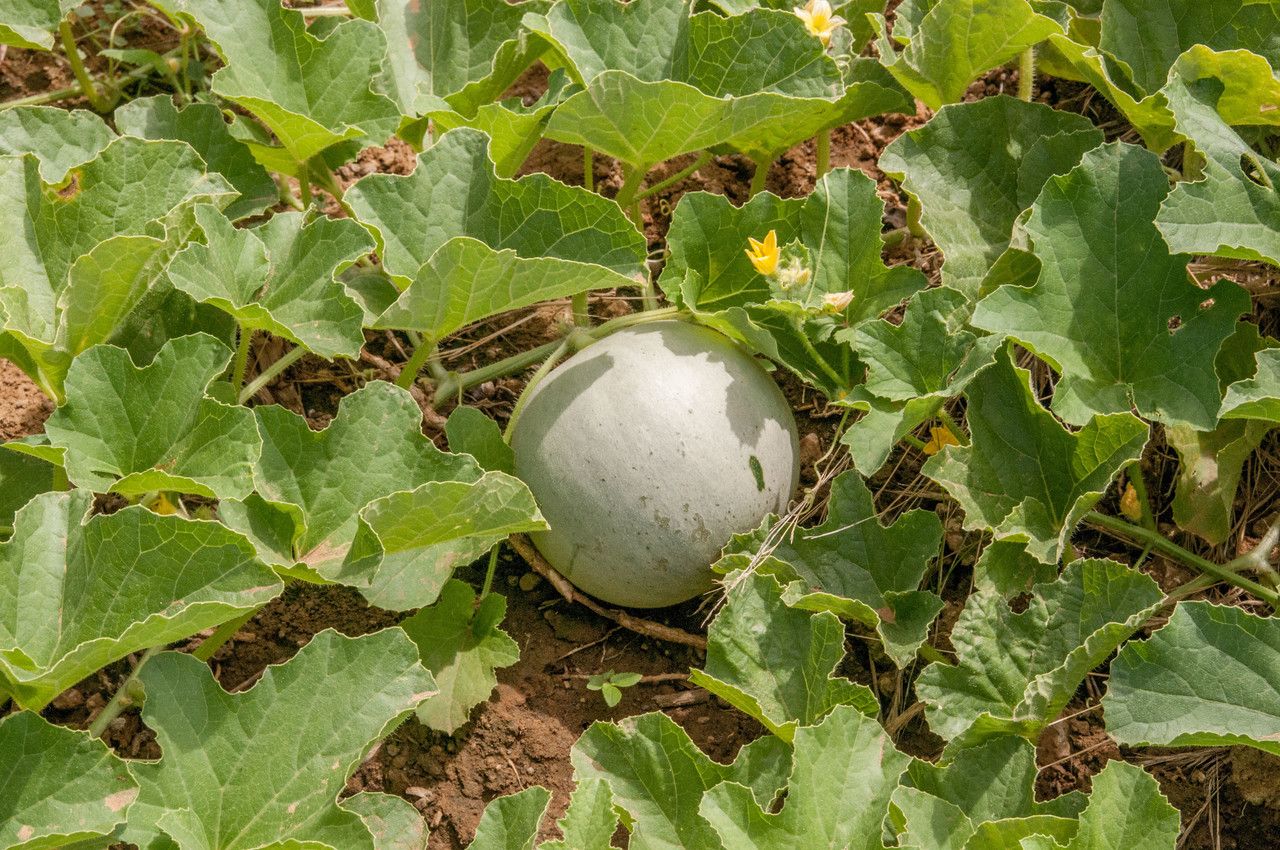## The Zingy World of Ginger: A Comprehensive Guide
Ginger ( *Zingiber officinale*), a member of the Zingiberaceae family, is more than just a culinary spice; it's a fascinating plant with a rich history and impressive health benefits. From its vibrant green leaves to its knobby, aromatic rhizomes, ginger offers a captivating journey for the home gardener and culinary enthusiast alike.
### Habitat and Growth
Native to Southeast Asia, ginger thrives in warm, humid climates. It prefers partial shade to full shade, making it ideal for growing under trees or in dappled sunlight. Direct, intense sunlight can scorch its delicate leaves. While ginger can tolerate some drought, consistent moisture is essential for optimal growth. Think lush, tropical rainforests – that's its happy place!
### Soil Needs
Ginger demands well-drained, fertile soil rich in organic matter. A loamy soil texture is ideal, providing both good drainage and moisture retention. Amend heavy clay soils with compost or other organic materials to improve drainage and aeration. Sandy soils can benefit from the addition of peat moss or composted manure to increase water retention. The soil pH should be slightly acidic, ideally between 6.0 and 6.5.
### Planting and Care
Ginger is propagated from rhizomes, which are essentially underground stems. Select healthy, plump rhizomes with several ‘eyes’ (buds) for planting. Plant the rhizomes horizontally, about 2-3 inches deep and 6-12 inches apart, depending on the size of the rhizomes. Keep the soil consistently moist, but avoid overwatering, which can lead to root rot. Regular weeding is necessary to prevent competition for nutrients and moisture.
### Harvesting Ginger
Ginger is typically ready for harvest 8-10 months after planting, but you can harvest earlier for younger, more tender rhizomes. The best time to harvest is in the late fall or early winter, after the foliage has begun to die back. Dig up the rhizomes carefully, avoiding damage to the delicate roots. After harvesting, gently scrub off the soil and allow the rhizomes to dry in a cool, shaded area for a few days before storing.
### Culinary and Medicinal Uses
Ginger's culinary applications are vast and varied. From adding a fiery kick to stir-fries to infusing warmth into teas and baked goods, ginger enhances both sweet and savory dishes. Beyond its culinary uses, ginger has a long history of medicinal use, often employed to alleviate nausea, reduce inflammation, and support digestion. Always consult with a healthcare professional before using ginger for medicinal purposes, especially if you are taking other medications.
### Growing Ginger in Containers
For those with limited garden space, growing ginger in containers is a viable option. Choose a large container with drainage holes to ensure proper drainage. Use a well-draining potting mix and provide adequate sunlight and watering. Container-grown ginger may require more frequent watering than plants grown in the ground.
Growing ginger is a rewarding experience, whether you're a seasoned gardener or just starting out. With a little care and attention, you can enjoy the vibrant beauty and spicy flavor of this remarkable plant.
Ginger: Grow, Harvest & Use This Spicy Root

Frequently Asked Questions
How to grow ginger in pots?
Choose a large pot with drainage holes. Use a well-draining potting mix, plant rhizomes horizontally 2-3 inches deep, keep moist but not soggy, and provide partial shade.
What type of soil does ginger need?
Ginger prefers well-drained, fertile soil rich in organic matter. A slightly acidic pH (6.0-6.5) is ideal. Amend heavy clay or sandy soils to improve drainage and water retention.


